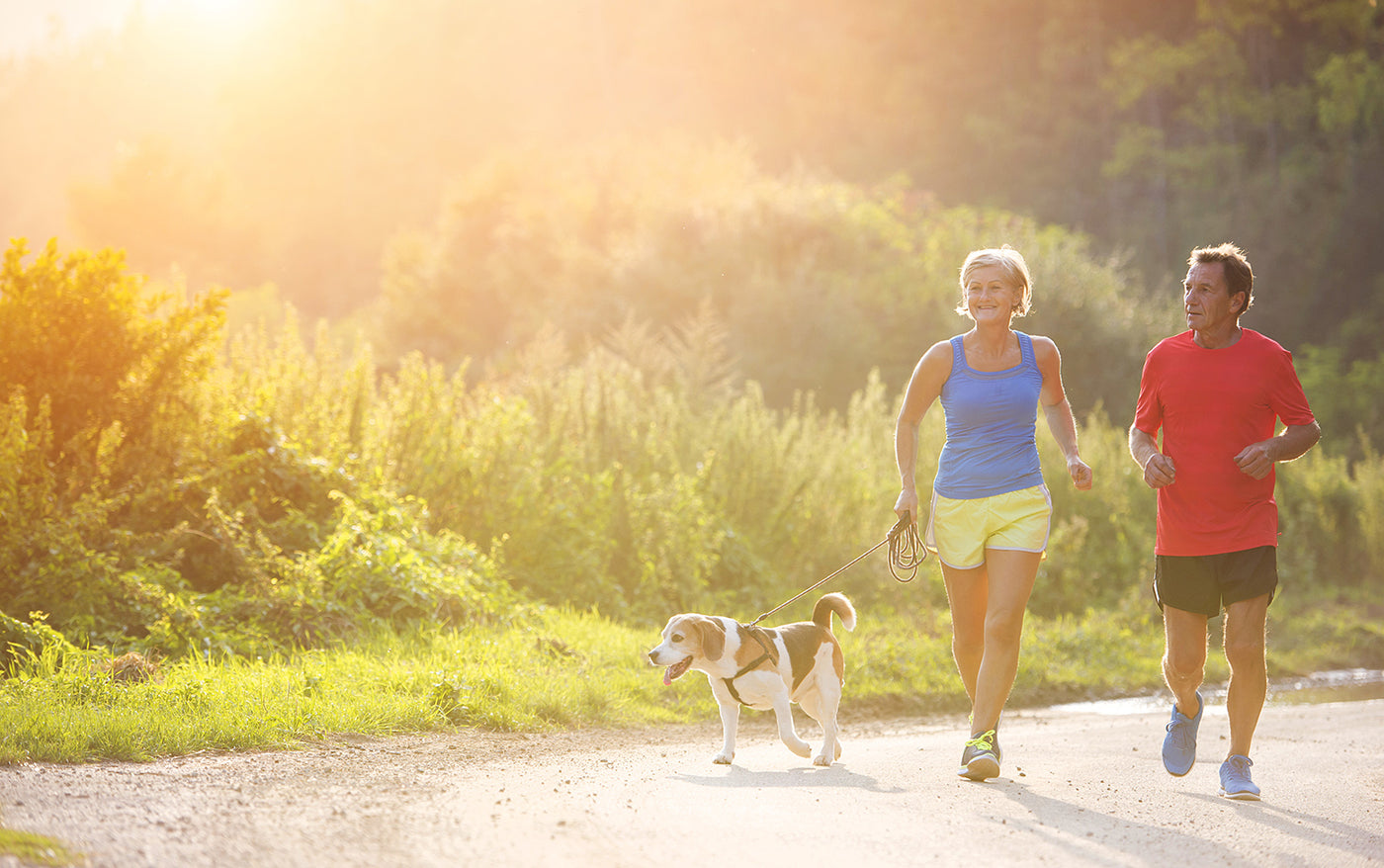
Most of us have had the experience of underestimating the impact of heat: maybe you decided to go for a walk or work in the garden on a hot summer day, and suddenly felt dizzy or weak.
Being hot for too long can cause several illnesses, all of which fall under the category of hyperthermia. These include everything from heat cramps to heat exhaustion, which can lead to heat stroke – a life-threatening condition that impacts hundreds of people every year, according to the CDC.
Articles on heat-related illnesses on WebMD report that “Heat stroke is a very serious medical condition that results from prolonged exposure to high temperatures -- usually in combination with dehydration -- which leads to failure of the body's temperature control system. The medical definition of heat stroke is a core body temperature greater than 104-degrees Fahrenheit, with complications involving the central nervous system that occur after exposure to high temperatures.”
But knowledge is power: knowing what the signs of heat stroke are and how you can prevent heat stroke can ensure your summer months are spent the way they should be – enjoying the sunshine.
Know the Signs of Heat Stroke:
- Fainting;
- A change in behavior (such as confusion or agitation);
- Body temperature over 104°F;
- Dry, flushed skin;
- A strong, rapid pulse or a slow, weak pulse; and
- Not sweating even if it is hot.
Take Preventive Action Against Heat Stroke:
- Beat the heat: Try to limit outdoor activities to the cooler hours of the day when possible. Morning and night are safest for working and exercising outdoors. If you must be outdoors during the hottest parts of the day, acclimate your body over time. Over the course of a week or more, gradually spend more active time in the heat rather than overexerting yourself too fast.
- Stay hydrated: Sweat cools your body down as you get overheated, which is why a lack of sweat while experiencing a heat stroke is so dangerous. To avoid this, drink at least 8 glasses of water a day, or more if you exercise or spend time in the heat. However, drinking too much water at once without eating can potentially lower your body’s sodium levels, so make sure to eat something as well. Fruits and vegetables are a healthy and hydrating option.
- Prioritize rest: Take breaks inside or in the shade often and stay out of direct sunlight while working if possible. If you must be outside in high temperatures or during the hottest part of the day, it may be appropriate to rest longer than you work. Cold, wet towels can also help to cool the body down during breaks.
- Dress accordingly: Tight, dark clothing absorbs heat and prevents ventilation. In high temperatures, it is safest to wear loose, light-colored clothes. Wearing sunglasses, applying sunscreen to exposed areas, and using a hat to protect your face and neck are also good strategies for minimizing sun damage.
- Consider getting yourself an emergency alert button: Getting quick access to help in the event of a heat-related illness can make all the difference in your summer safety. With this added peace of mind, you can enjoy the season without stress.

 1-800-916-0138
1-800-916-0138